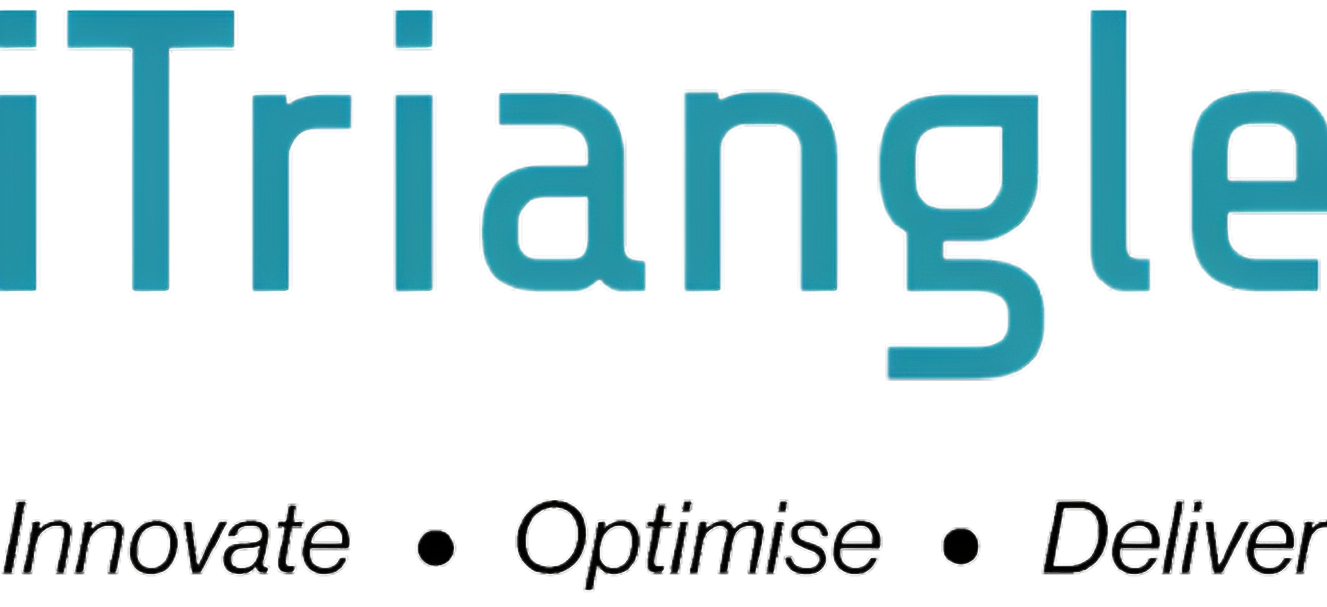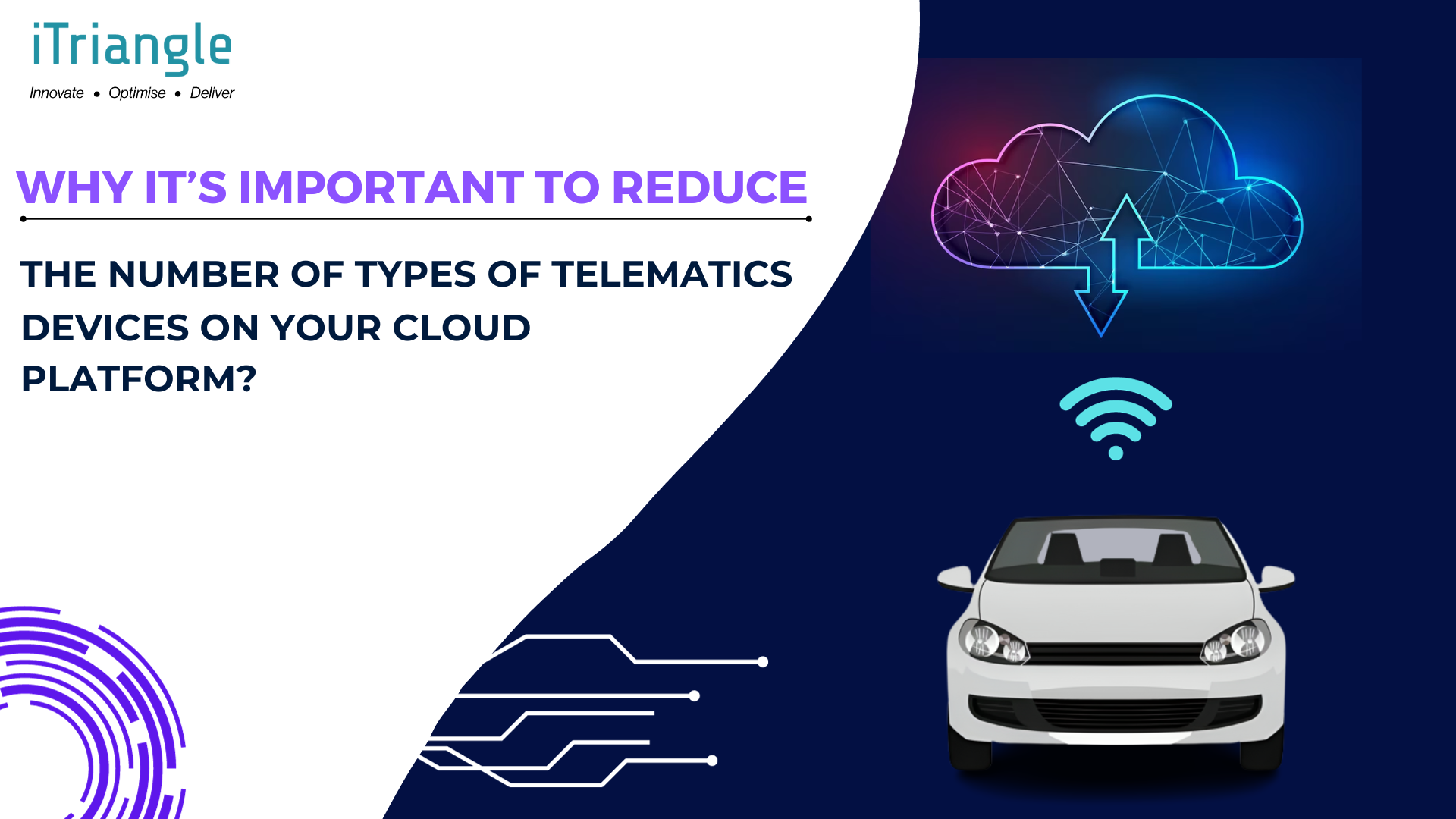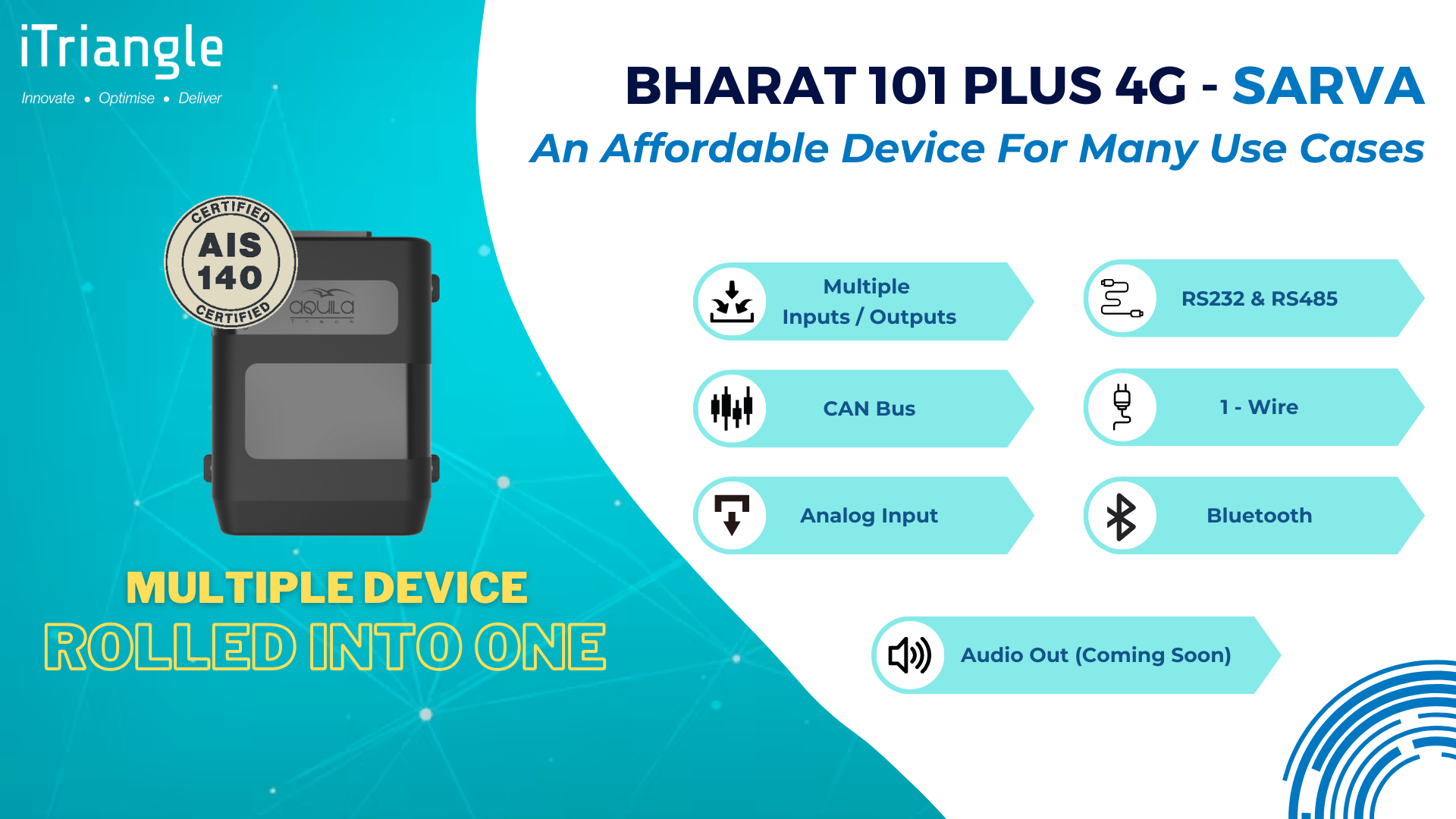- Company
iTriangle Infotech, a Bangalore based Company is a leading player in the domain of Vehicle Telematics and is the largest Indian manufacturer of Vehicle Telematics Hardware.
News, Events & Insights
- Products & Solutions
2G Telematics Devices
International
Software Solutions
Need a custom product ?
- Support
Solutions & Support
As a customer centric organisation, we have created and deployed a robust and a friendly support ecosystem to our partners & customers. This ingenious support ecosystem enables our partners & customers to use our devices efficiently, optimally & secure critical & remote technical support to fix any problems & successfully use the devices.
Need a custom solution ?
- Contact
Get the latest info right to your inbox weekly
Made with ♥ in India, by Team iTriangle.
Copyright © 2024 iTriangle Infotech Pvt Ltd



